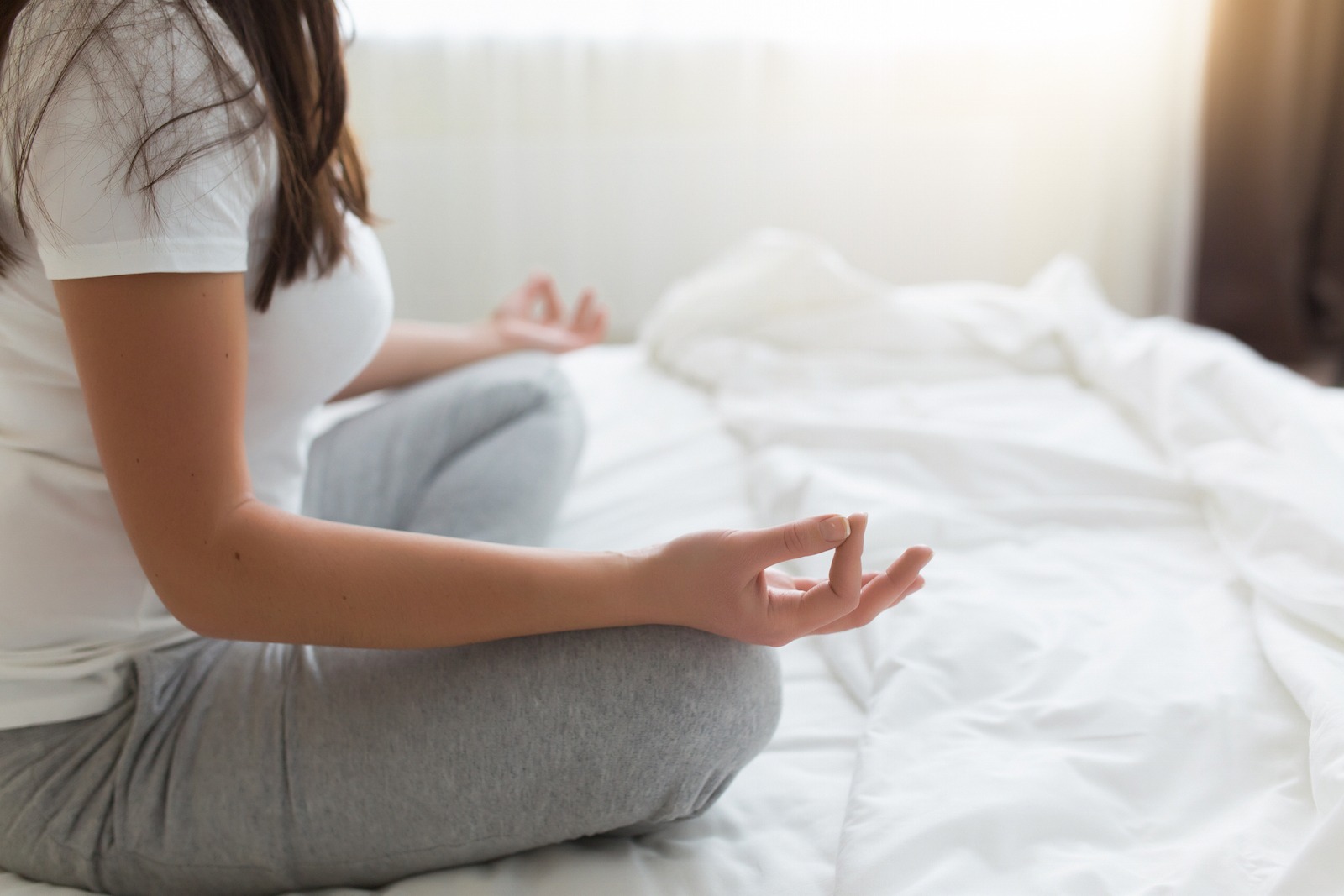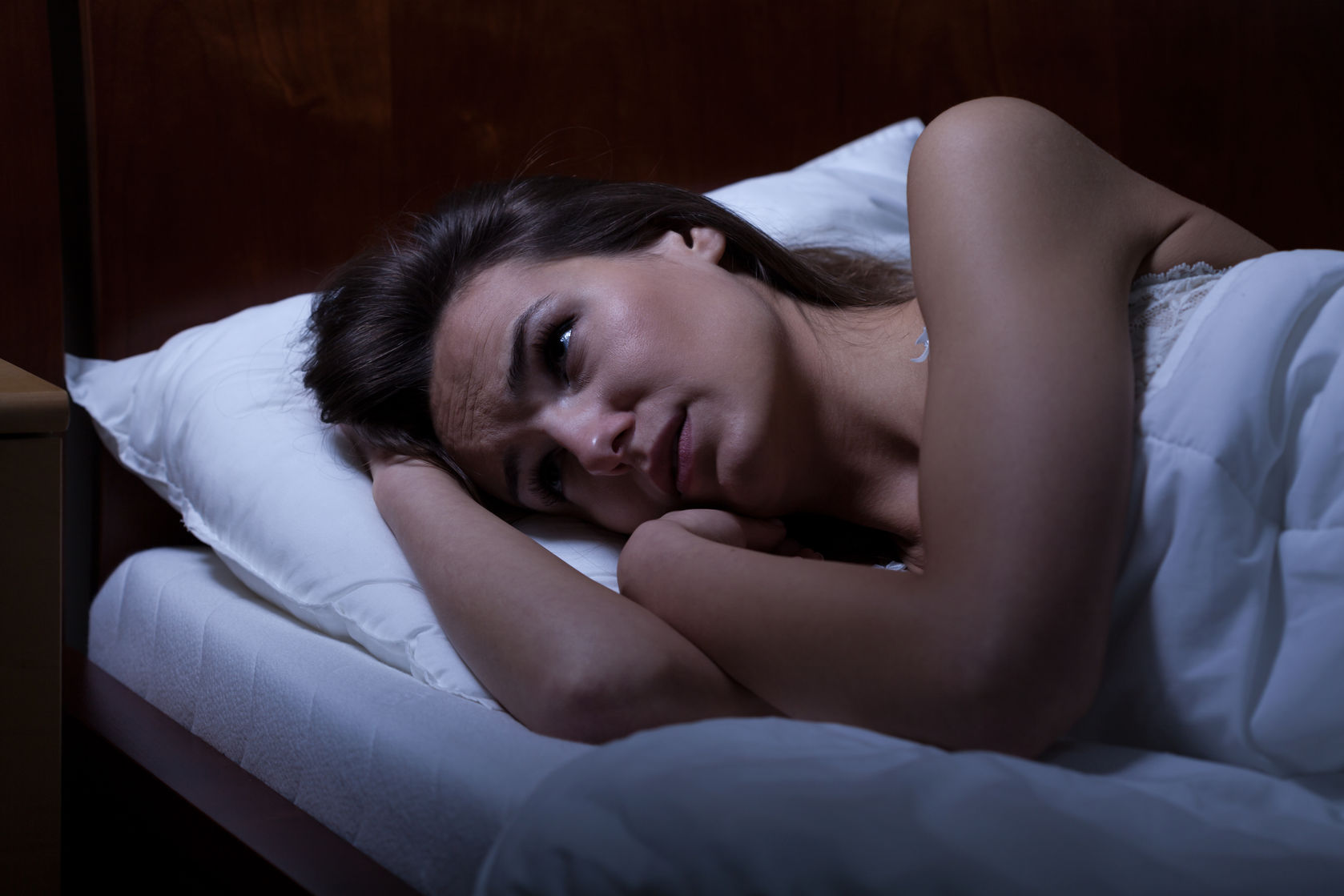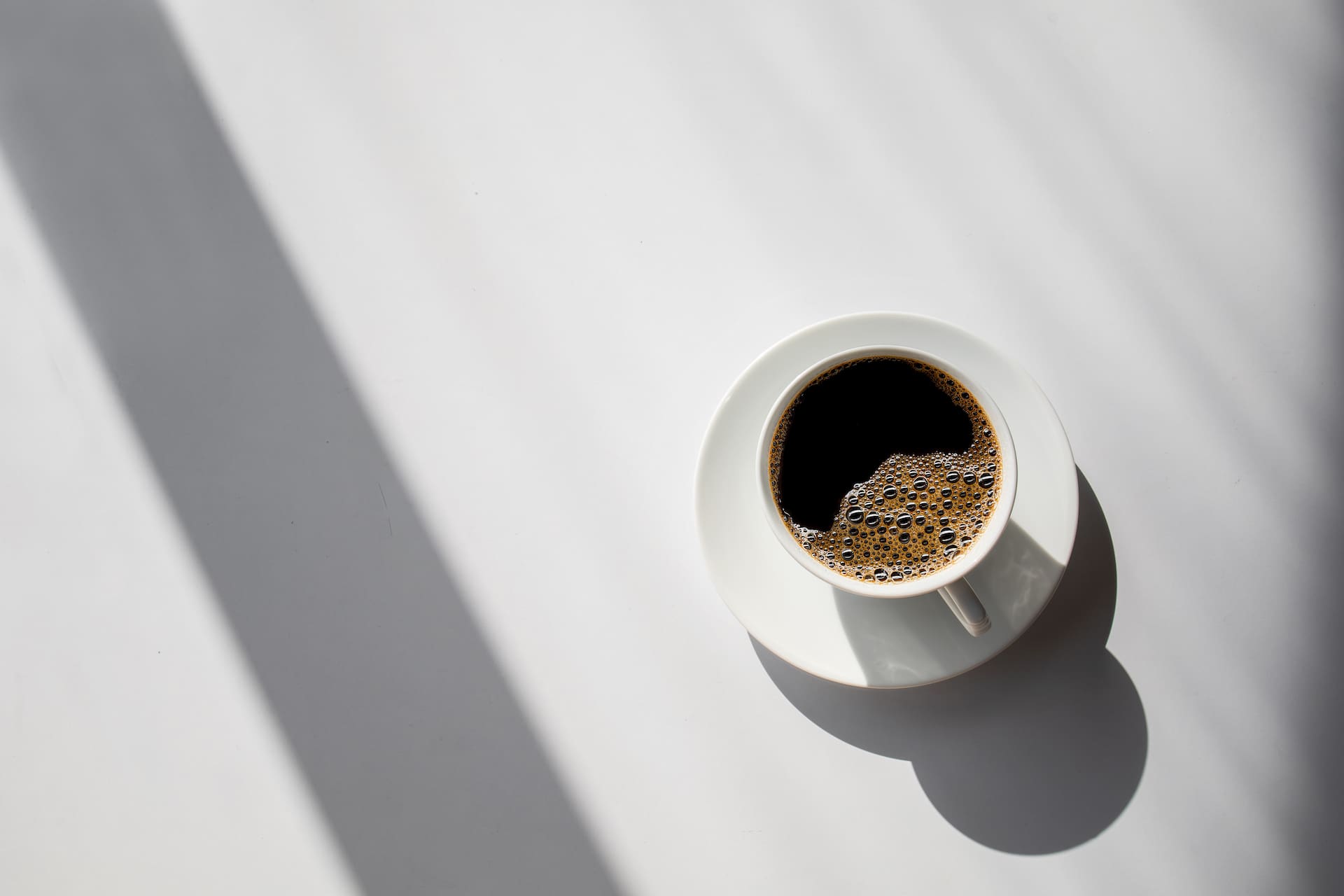Here’s How to Sleep Great and Stay Energized–According to The Sleep Doctor
NOTE: This post was written by our friend Michael J. Breus, Ph.D., a double board-certified Clinical Psychologist and Clinical Sleep Specialist also known as The Sleep Doctor. He’s the author of four books, including his most recent, “Energize! Go From Dragging Ass to Kicking It in 30 Days.” We asked him to share a post about his new book, which was released last month.
The holidays can bring substantial changes to our routines. Amid all the festivities, the routine-busting nature of the holiday season can disrupt our sleep and drain our energy—even well after they’re over. Busy schedules translate into late bedtimes and crowd out time for physical activity. Parties present us with sugary foods and lots of alcohol. Time with friends and family brings up complicated emotions and sometimes puts us in close quarters with people who are toxic to our emotional health.
The cram-it-all-in pressure of the holidays can leave us stressed, drained, and dragging—physically and emotionally—and way short on the sleep we need to stay healthy and feeling our best. Even with the holidays in our rearview mirror, we need strategies for keeping our batteries charged and our nightly rest protected.
A Recipe For Keeping Your Batteries Charged
Maximizing your body’s natural energy stores and elevating your sleep is the subject of my new book, “Energize!: Go From Dragging Ass to Kicking It in 30 Days.” I wrote Energize with Stacey Griffith, a founding instructor of SoulCycle. Stacey and I have known each other for years. Bringing together my expertise in sleep and chronotype and Stacey’s expertise in metabolism and movement was a fascinating journey for both of us and resulted in a book I’m excited to share with you.
Energize! brings together the latest scientific understanding of chronotype and metabolic type (aka body type). Our chronotype and our metabolic type are both determined by our genes. And just as every chronotype has an optimal routine for the “when” of daily life—the timing of sleeping, eating, exercising, working hard, taking it easy—our individual metabolic types have different genetically-driven needs for movement, rest, and recovery. This is all in order to build strength, stamina, flexibility, and maximize physical and mental energy.
Establishing daily routines and habits based on chronotype and body type is the remedy for the stress, fatigue, weight gain, low mood and restless sleep that affect so many of us.
Don’t know your chronotype? Take this quiz: www.chronoquiz.com.
“Energize! is a step-by-step guide to creating individualized routines and habits that help you shed fatigue, stress, sleeplessness, and low mood, and reclaim abundant energy and vitality in your daily life, using your body’s unique circadian and metabolic biology as a roadmap.”
Together, Stacey and I dug deep into the scientific research (and conducted research of our own) to develop personalized daily protocols for sleeping, eating and activity for every chronotype and metabolic type. Energize! is a step-by-step guide to creating individualized routines and habits that help you shed fatigue, stress, sleeplessness, and low mood, and reclaim abundant energy and vitality in your daily life, using your body’s unique circadian and metabolic biology as a roadmap.
Let’s talk about how you can navigate these times without depleting your energy and losing sleep.
Protect Your Resting Energy
Protect Your Resting Energy: Get ahead of jet lag to minimize its impact (and stick to your regular sleep routine if you’re staying at home).
A lot of us are traveling for the first time in a couple of years. Remember jet lag? Jet lag can drain the fun right out of a journey. It leaves you feeling fatigued, irritable, foggy-headed, sleepless and out of sync with your circadian rhythms. Jet lag gets more severe the farther we travel from our home time zone. A guideline is that it takes a full day to recover from every time zone you cross. And traveling eastbound will have a bigger impact on your sleep and circadian rhythms than traveling west.
For all chronotypes and body types, the best way to minimize the impact of jet lag is to adjust your schedule to your destination time as soon as possible. You can start this process before you leave home.
- The week before your departure, adjust your sleep times, wake times, and meal times closer to the times you’ll be sleeping, eating, and active at your destination. If you’re traveling through a single time zone, you can adjust over a couple of nights to be fully on your destination schedule before you set out. For two or more time zones, adjust your schedule incrementally over a few days, to get closer to your destination time.
- If you can, sleep during the trip so that you’re less tempted to take a nap before your destination bedtime. Do your best to nap during the times you’d otherwise be asleep according to your destination time zone.
When you arrive at your final destination, be sure to follow your new schedule accordingly and don’t turn in for the night until it is bedtime in the current time zone. - Don’t go to bed early!
Here’s a pro tip that can make adjusting your schedule during travel so much easier: I travel constantly, and I use the Timeshifter app (www.timeshifter.com) to help shift my routine when I’m traveling long distances. Timeshifter takes information about your chronotype, your home base and destination locations, and your flight times and does the work for you to create a personalized schedule for when to eat, when to get light exposure, when to sleep (and nap), when to consume caffeine, and when to take melatonin.
What else can you do to minimize the effects of jet lag while you’re on the road this season?
Limit alcohol and caffeine. Both alcohol and caffeine will dehydrate you, which intensifies fatigue, exacerbates concentration issues, and can lead to overeating and/or eating at the wrong times for your new schedule. Dehydration also interferes with sleep. To help your body maintain energy, keep alcohol and caffeine consumption to a minimum, and aligned with your destination schedule.
Stay active. Take a brisk walk first thing in the morning. Physical activity and sunlight will boost your energy, help your circadian clock and rhythms shift to your new time zone—and help you sleep when nighttime rolls around.
Steer clear of sugar. This is a challenge this time of year, for sure. The insulin spike and sugar rush that come from sweets will deplete your energy and make it harder for your body to shift to a new schedule. Sugar also interferes with your ability to sleep well at night, whether you’re at home or away.
If you’re not traveling, the single best thing you can do for your rest is to maintain your regular sleep routine—both bedtimes and wake times—every day (but if you have to pick one, it needs to be a consistent wake time. It can be a challenge, but our body and mind crave this level of routine—and our healthy sleep depends on it. If you’re up late and running short on sleep, sleeping in for 30 min the next morning shouldn’t interfere with your sleep-wake schedule. Just limit your additional morning sleep to 30 minutes, max.
Protect Your Eating Energy
Protect your Eating Energy: Embrace the small plate (and take your time)
Balanced eating routines support healthy sleep and optimize our energy and vitality. Food is fuel, and what we eat determines how well we’re able to sustain energy throughout the day and has a significant influence over how well we sleep at night. And sleep has a big impact on how well our metabolism functions.
You can enjoy meals while gathering with friends and family without depleting your energy by putting the small plate to work for you. Skip the giant dinner plate and grab a smaller, salad-size plate from the buffet. You’ll naturally take smaller portions, which help you maintain moderation, even if your food choices are limited or different from what you’re eating regularly.
Take your time eating everything on your plate. Eating slowly gives your digestive system a break and gives your brain time to receive the message that you’re full. (Research shows that it takes about 20 minutes for the stomach to produce proteins involved in neural communication signaling satiety.)
Eating slowly from a small plate encourages enjoyment of food—and encourages socializing while eating. You can always go back for more if you find you’re still hungry.
Understanding your chronotype equips you with the optimal times for when to eat throughout the day. Keep in mind these other eating-for-energy strategies that apply to every chronotype and body type:
Stay hydrated. We often misread thirst for hunger and end up consuming food when what we need is fluid. Pay particular attention to drinking plenty of water no matter the season. Rather than having back-to-back cocktails at a party, switch to water after a glass of wine. You’ll thank yourself later when you drift off for a night of sound, restful sleep.
Fill up on fiber. Pass on the sweet and starchy fare in favor of veggies, fiber-rich hard fruits like apples and pears, and nuts. Focus your plate on fiber-filled foods that keep your insulin in check, your energy levels high, and set you up for a restful night of sleep. (A quick word about nuts: opt for raw whenever you can, and limit consumption of roasted, salted, and sugar-coated versions.)
Protect your Movement Energy: Mini workouts for the win!
Short bursts of movement—throughout the day, every day—are key to sustaining energy, boosting strength, power, flexibility, and endurance.
We’ve been conditioned to think that long, grueling workouts are the way to get in shape. Not so. My co-author, Stacey, is a lifelong athlete who changed her body and elevated her fitness and strength to a new level after she adopted a routine of daily short workouts. Together, Stacey and I developed customized movement routines for EVERY chronotype and body type combination. Whether you’re a Lion, Bear, Wolf or Dolphin, with a slow, medium, or fast metabolism—we’ve got you covered.
Our movement plans are based on what we call the Daily 5×5: Five-minute movement sessions, 5 times a day. They cover the whole body, and the timing and type of movement are aligned to each individual pairing of chronotype and body type.
When you’re taking a few minutes to move at several points throughout the day, there’s zero pressure to carve out 30 or 60 minutes for a workout. At home or away from home, no matter how busy you are, all you need to do is snag five minutes at a time for some movement.
Protect your Emotional Energy: Take some alone time
The recent holidays probably presented some pretty complex emotional terrain for a lot of us. A return to the “normal” holiday routines likely included a return to the emotional and interpersonal stress we’ve experienced in the past. Pressure to feel happy and excited, the busyness of social commitments, travel, gift buying and party planning and decorating, time spent with people who are toxic to our emotional health—it all creates stress that drains our energy and disrupts our nightly rest. The emotional drain of the holidays may have been even more intense this year, after the upheaval of the past 20 months.
To protect your emotional energy and keep your battery charged, most of us need breaks for alone time. Lions, Wolves, and Dolphins all need this solo recharge time, especially when traveling to stay with others and/or hosting guests in our home. If you’re a Bear, you’re more likely than other chronotypes to be energized by long, uninterrupted stretches of socializing with others. (Bears—if you’re not energized by non-stop socializing, give yourself some regular solo time to balance things out.)
If you’re traveling and staying with family, try to take a few hours for yourself every day, or consider staying at a hotel or Airbnb to give yourself the space you need to enjoy family time with less stress. At home, whether you’re hosting guests or meeting up with friends, prioritize regular solo downtime.
Remember, too, that we can learn to do things differently than we have in the past. Set an Energy Agenda for yourself, to focus on spending time with people who fill you with energy, who make you laugh and feel joyful, people who inspire a sense of connection, who share of themselves and take an interest in you.
And when you’re with people who drain your energy, who don’t respect your boundaries, who don’t make you feel seen and understood? Minimize your exposure to them as best you can. Practice empathy and compassion in your interactions, and keep things as simple and short as possible.
Finally, be kind to yourself in all areas of your life. The strategies I’ve given you here are tools to help you navigate a notoriously busy time of year—not benchmarks for you to stress about living up to perfectly and without modification. Being gentle and flexible with yourself will go a long way toward helping you preserve your energy and take full enjoyment of this time of year.
(Image: Little Brown Spark)
DISCOVER MORE
RECENT ARTICLES

Want a sneak peek inside the program?
Get FREE access to some of the core training materials that make up our signature program – Become a Nutrition Coach.
Get Access Sleep Deep
Sleep Deep













































































































































































































































































































































































































































































































































































































































































































































































































































































































































































































































































































































































































































































































































































































































